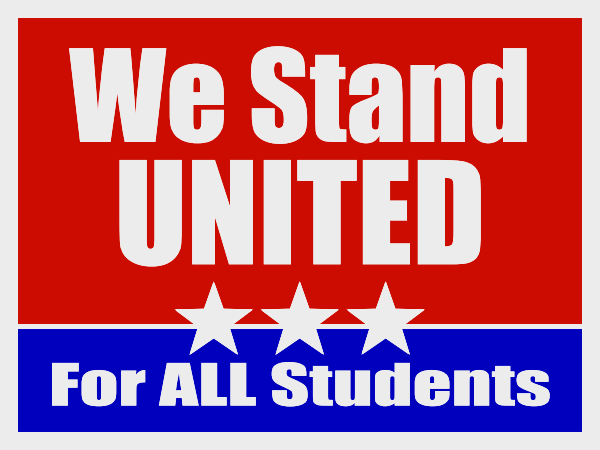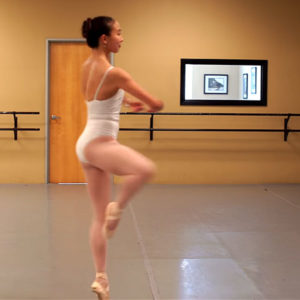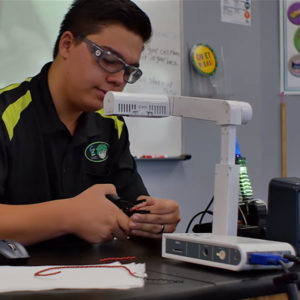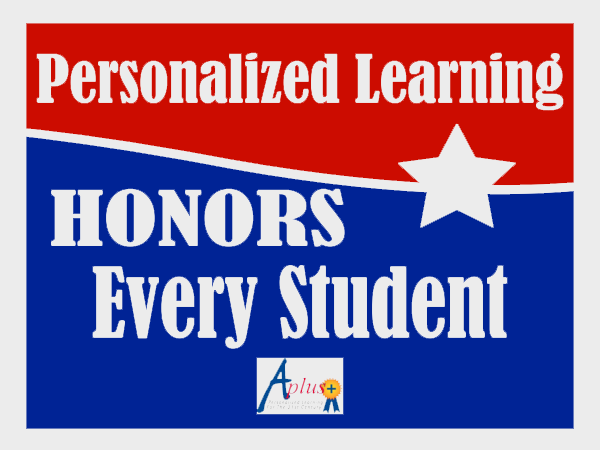Every child should be honored, supported and guided to adult readiness on that special path that is unique to that individual child. Every child is a unique spark of human expression, potential and aspiration. Every child’s path to self-discovery, self-awareness, and journey towards acquisition and demonstration of knowledge and experience is also unique. However, both acquisition knowledge and experience are keys to be effectively prepared for post-secondary 21st century challenges and paths. The tragic consequences of a predominantly rigid and limited one-size-fits-all classroom only education delivery system is that it attempts to measure and compare the quality of education success, predominantly through the demonstration of adequate acquisition of knowledge, at hierarchical levels beyond individual students, that is, of states, counties, districts, schools, teachers, and groups of students in classrooms. The demonstration of “group level” proficiency by which the system itself is organized through these hierarchical levels of oversight is largely what is judged as “education success”. However, the tragic consequence of this obsessive focus on the system itself rather than the individuals who make up the system, is that we, as a society that is critically dependent upon inclusive productivity for our healthy survival and sustainability, lose way too many individuals to failure in deference to the system. The focus on measuring achievement outcomes of the system itself then severely limits the range of measurable outcomes that encompass what may deemed as education success for each individual child. In recent history, this range of measurable outcomes has been diminished and restricted to the acquisition of a rigidly defined and prescribed set of knowledge known as state standards. In this limited system, demonstrate proficiency or above within these prescribed sets of state standards and the student is deemed “college and career ready”, given a high school diploma, and ushered off to whatever post-secondary path he or she has chosen. Yet, is a child truly ready for the ever-changing rigors, challenges, and demands of young adult life in the 21st century with the mere acquisition of and demonstration of proficiency of state standards? Likely not.
“Education is what remains after one has forgotten everything he learned in school”
— Albert Einstein
We as an education system can do much better in truly preparing students for a more balanced and well-rounded post-secondary life. Balanced child development must be more “holistic” in nature, integrating both left side and right side brain activities, and acquiring and developing knowledge, skills, and talents that are both acquired from others outside of the students and discovered from within each child’s inherent nature. This more balanced approach is critical to guiding a child to college and career readiness in the 21st century, which in a Personalized Learning model in which every child has a personalized plan that is tailored to his or her needs and interests, may be more readily attained.
Dimension 1: Balanced Acquisition of Knowledge
Knowledge acquisition of state standards is the first of many layers of a more broad-based, balanced, and holistic child development process that are critical to preparing any individual for 21st century life and global demands. For example, not only is knowledge in the basics of reading, writing, math, sciences, etc. important, but what about the knowledge of one’s self? How much time is any child encouraged and supported to dedicate to knowing who he or she is from within? What are the child’s interests, talents, passions, beliefs, goals, and aspirations in life? This pursuit of self-awareness and self-understanding can help a child further explore and develop his or her talents and interests and choose the best course in life that can lead to the child reaching his or her greatest potential. I previously worked with an organization that specialized in providing high school students with access to introductory overview courses in more than 30 industries. Most students with whom they worked knew very little if anything at all about opportunities in any of these industries, and these students were upper level high school students! This organization would begin guiding each student with a simple survey, asking each student what type of job in which they are interested and what types of skills or talents they possess that they would like to further in their professional pursuits. The most common response to both questions was “I don’t know”. Most students had never even thought about these things, let alone received encouragement or guidance by their adult mentors to explore and discover these opportunities. Students who are on the threshold of adulthood and post-secondary life choices and not knowing who they are and what they are interested in is nothing short of tragic. Consequently, the acquisition of knowledge must be better balanced through the acquisition of both outward and inward knowledge. Inward knowledge, that is, a student’s self-awareness and understanding, can be measured through numerous existing testing mechanisms but is largely ignored by the public education system at large. With a focus on a Personalized Learning model, where every student’s individual path is honored, recognized, and supported, the exploration and discovery of each student’s inward knowledge is allowed to happen more naturally and thoroughly.
Dimension 2: Skills and Talent Development (Applied Knowledge/Self-Awareness)
The acquisition of knowledge, in and of itself, does not effectively prepare students for the rigors and demands of 21st century life. Students must have extensive opportunity, support, and guidance, prior to being thrown out into the proverbial lion’s den, to apply their acquired knowledge and self-awareness through skill and talent development. The development and refinement of skills and innate talents not only boosts a child’s self-esteem but also helps to foster greater clarity for each student as to which career or college path or paths he or she may wish to pursue and explore. This dimension’s measurable outcomes may be reflected in participation in skill and talent development related activities, such as courses or lessons taken that are oriented towards skill and talent development and training; clubs, apprenticeships, internships, volunteerism, and other quantifiable activities in which a student has participated that fosters skill and talent development and training. Thankfully, at least here in California, we are seeing movement at the state level towards mandating that public schools provide opportunities for students to explore skills development through career technical education (CTE) courses and programs. However, much more needs to be addressed and changed. As long as the focus remains on measuring hierarchical system achievement and not individual achievement, this critical dimension will be not be as strongly supported as it needs to be.
Dimension 3: Experience (Applied Skills and Talent Development and Training)
The training and development of skills and talents then naturally leads to supporting direct and tangible experience. Experience is the essential dimension of each student’s skill and talent development journey that leads to demonstration of competency, proficiency, and mastery of those given skills and talents. Direct experience is fostered when a student has the opportunity to apply their acquired skills and talents independent of mentor training and guidance. It is the time when a student seeking to become a legal driver or pilot can log time behind the wheel or in the cockpit on his own. It is the time when an aspiring auto mechanic can fix cars independently. It is the time when a computer programmer can write code on his own. Think of a classic, standard resume format, for example. Prospective employers are not only interested in a prospective employee’s educational background and level of achievement, moreover, they are interested in the prospective employee’s direct experience in whatever field of expertise for which he or she is applying. Without this key dimension of direct experience, employers are hesitant or unlikely to hire candidates. Oft times it is a matter of cost burden and timing. The cost burden due to the lack of direct experience of employees falls directly on the hiring company through the additional investment of extensive training and professional development. Furthermore, the employer is looking to hire a candidate who can immediately step in and fulfill the position’s duties and responsibilities in order to contribute to the company productively. If the company must bear the cost burden of both the skill training and the corresponding delay in positive productivity, the cost to hire such a candidate becomes exorbitant. It is a return on investment equation. The failure of the education system to create opportunities for applied skill and talent development through direct experience is passed on to employers, thus making employers less competitive and their products and services most costly globally. That formula does not lead to healthy job sustainability and economic growth for American companies and society. Why are so many so-called American billionaires investing in public charter schools and in reforming and changing the American public education system? Connect the dots folks. They have a vested interest in ensuring that their workforce is effectively prepared to be productive and competitive in a global business environment. In running and funding multibillion dollar, multinational companies and hiring millions of employees who the companies depend on to be productive and competitive, these so-called billionaires want to ensure that the education system fulfills its public charge and responsibility to effectively prepare the American workforce for employment. That the American public education system is largely failing to do so is the primary reason these so-called billionaires are feeling compelled to intervene.
Dimension 4: Attaining One’s Potential (Applied Experience)
The ultimate goal of each child’s unique education journey is the knowing of who they truly are so that they may then be best prepared to pursue their greatest potential in life, whatever that may be. They have had the opportunity, along a multi-dimensional educational path and journey, to acquire important knowledge; learn about themselves, their interests, their aspirations, the skills in which they are attracted to pursue, and the innate talents and gifts that they possess; apply those skills and talents to gain experience; and transform experience into competency, proficiency, or mastery. Through the process, the clarity of knowing themselves and envisioning a positive and hopeful future of promise fosters confidence, self-esteem, self-assuredness, maturity, and inner strength.


